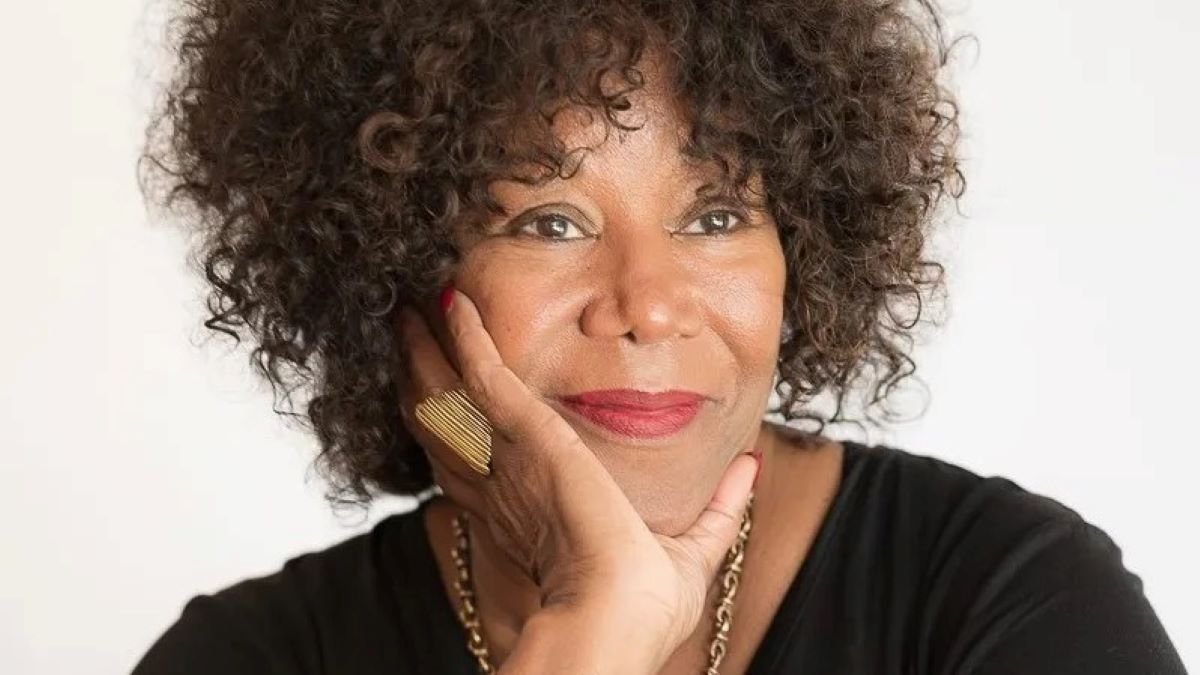Ruby Bridges: A Pioneer for Civil Rights
In the pivotal year of 1960, six-year-old Ruby Bridges emerged as a symbol of courage, marking a significant stride in the fight for civil rights. Breaking barriers, she became the first African American student to integrate an elementary school in the racially divided South.
Ruby Bridges Age and Family Background
Ruby Bridges was born on September 8, 1954. Ruby Bridges was the eldest of five children in the Bridges family, residing in Tylertown, Mississippi. Lucille and Abon Bridges, her parents and farmers, moved the family to New Orleans, Louisiana, when Ruby was just two years old, seeking improved work prospects. Her birth coincided with the groundbreaking Brown v. Board of Education ruling by the US Supreme Court, which declared an end to racial segregation in public schools.
Despite this legal milestone, southern states resisted integration. In 1959, Ruby started her education in a segregated New Orleans kindergarten. However, a year later, a federal court mandated desegregation, leading to the creation of entrance exams for African American students to assess their academic readiness for all-white schools. Ruby, along with five others, successfully passed the exam.
The Struggle for Integration
The decision to let Ruby attend William Frantz Elementary School, an all-white institution close to their home, weighed heavily on her parents. While her father feared for her safety, her mother, recognizing the importance of educational opportunities, advocated for her enrollment. The school district, reluctant to implement desegregation, delayed Ruby’s admittance until November 14.
Every day that year, Ruby and her mother were escorted by four federal marshals to the school. Braving hostile crowds shouting racial slurs, Ruby remained undeterred. Her only moment of fear occurred when she saw a woman holding a black baby doll in a coffin. On the first day, chaos ensued as white parents pulled their children out of school. Despite the turmoil, Ruby never missed a day, spending her year as the sole student in a class taught by Barbara Henry, a white teacher from Boston.
The Bridges family paid a heavy price for their courage. Abon lost his job, and grocery stores refused service to Lucille. Even her share-cropping grandparents faced eviction from their farm. While some supported Ruby’s bravery and sent financial aid, protests echoed throughout the city. Over time, other African American students joined the school, and Ruby’s four nieces also enrolled years later. Notably, in 1964, artist Norman Rockwell immortalized Ruby’s courage in a painting titled “The Problem We All Live With.”
Life After Integration
Ruby, a graduate of a desegregated high school, went on to become a travel agent, marry, and raise four sons. In the mid-1990s, she reunited with her first teacher, Barbara Henry, engaging in speaking engagements together. Ruby chronicled her early experiences in two books and received the Carter G. Woodson Book Award for her contributions.
A committed advocate for racial equality, Ruby Bridges founded The Ruby Bridges Foundation in 1999, dedicated to promoting tolerance and fostering change through education. In 2000, she was honored as an honorary deputy marshal in Washington, DC, solidifying her enduring legacy as a trailblazer for civil rights.
